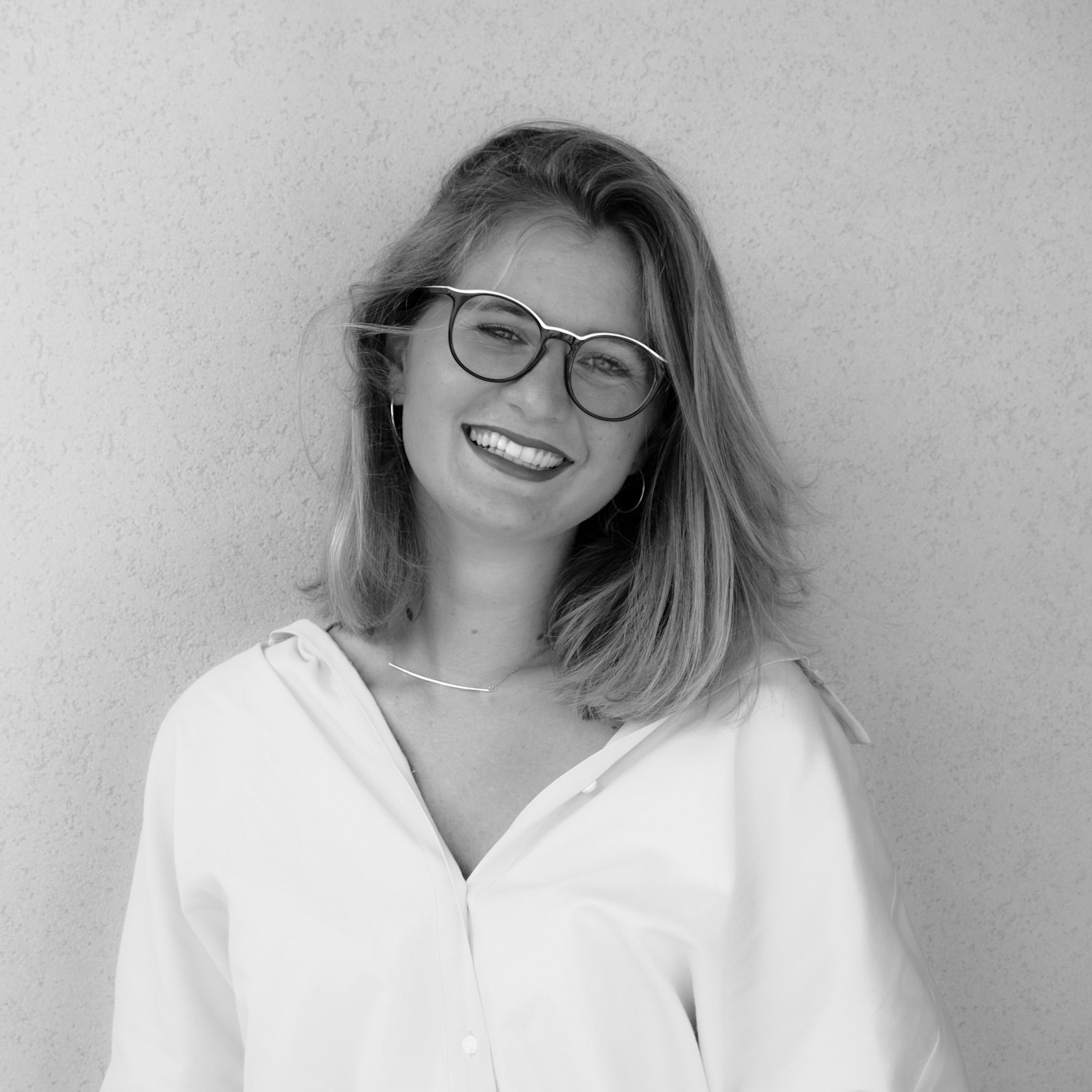Nata a Sanremo nel 1995. Laureata presso il Politecnico di Torino in Design e Comunicazione Visiva. L’ultimo anno di laurea triennale ha partecipato al programma Erasmus in Finlandia presso Turku University of Applied Sciences e lo scorso semestre ha avuto l’opportunità di trascorrere un semestre presso l’ University of Technology of Sydney – Australia. È una ragazza curiosa e, dati i numerosi traslochi, ha scoperto avere un forte spirito di adattamento. Le piace viaggiare, conoscere nuove culture, osservare e ascoltare ciò che la circonda. Attualmente è iscritta al Politecnico di Milano nel corso di Laurea Magistrale in Integrated Product Design. Ha sempre avuto un particolare interesse per il design applicato all’healthcare, per tale motivo ha deciso di incentrare la sua tesi di laurea sulle tecnologie e innovazioni in ambito odontoiatrico.
Abstract:
